It was just about a year ago, at the end of February 2009, that the Las Vegas Art Museum closed its doors. A metropolis of nearly 2 million people was left with no art museum — generating not much more than a little hand-wringing, which was little surprise once you learned the size of its membership: “just over 1,000,” according to the Las Vegas Sun.
 The name still exists as a website, but with nothing more than a home page.
The name still exists as a website, but with nothing more than a home page.
Last week, the Sun reported a new development:
UNLV’s College of Fine Arts, with a growing art collection of its own, is in talks with the financially beleaguered and homeless Las Vegas Art Museum about placing the museum’s permanent collection on campus.
Which sounded like a solution until you read further into the story and the comments. It turns out that the university has an abysmal history as a steward of art. Among other things, a large William Wareham steel sculpture “disappeared” from campus, Chinese scrolls had to be removed from view because they were deteriorating, and a commissioned mural was damaged in storage and returned to the artist.
Have things changed? Hard to tell. One good sign is that the Vogel’s “50 Works for 50 States” gift to Nevada, originally earmarked for the Las Vegas Art Museum, went instead to the College of Fine Arts at UNLV. I’d hope the National Gallery of Art, which helps administer the program, did due diligence about conditions at UNLV.
On the other hand, as one commenter on the Sun site noted,
Perhaps until economic conditions are more favorable the community could invest in adequate, secure and environmentally stable storage facility. Which would also require an investment in adequate staff person(s). Then loan works to a various existing display spaces. The current Governor is asking the Univ. system to cut its budget 22%.
A “new” museum seems disconnected from that situation.
If he’s correct about that budget cut, I’d agree with him.

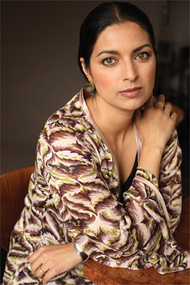
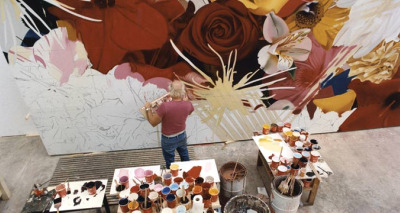 Kudos to Rosenquist for remembering his roots.
Kudos to Rosenquist for remembering his roots.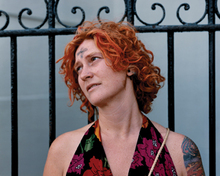
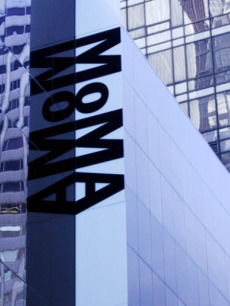 According to a website called
According to a website called 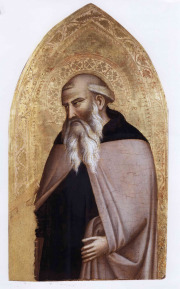 The long-separated Saint Julian (below) and Saint Anthony Abbot (right) belong together, and right now they are living just a couple blocks apart.
The long-separated Saint Julian (below) and Saint Anthony Abbot (right) belong together, and right now they are living just a couple blocks apart. 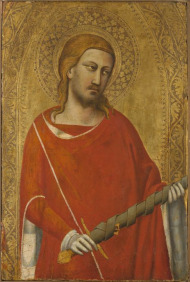 Saint Anthony Abbot, Moretti says, had “long escaped the attention of art historians” and when it surfaced in Berlin in 1928, at the Lepke sale, it was labelled “Florentine school, 14th Century.” Only in the 1980s did it gain the Gaddi attribution. That’s about when experts first noticed that Saint Anthony Abbot has comparable measurements, similar punch-work and the same design as Gaddi’s Saint Julian.
Saint Anthony Abbot, Moretti says, had “long escaped the attention of art historians” and when it surfaced in Berlin in 1928, at the Lepke sale, it was labelled “Florentine school, 14th Century.” Only in the 1980s did it gain the Gaddi attribution. That’s about when experts first noticed that Saint Anthony Abbot has comparable measurements, similar punch-work and the same design as Gaddi’s Saint Julian.